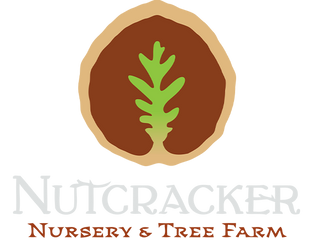DYNAMITE goji berry (Lycium barbarum)
Shipping calculated at checkout
Out of stock
Need more? Contact us
Characteristics of ‘Dynamite’
- Botanical name
- Lycium barbarum ‘Dynamite’ (goji berry ‘Dynamite’)
- Lycium barbarum ‘Dynamite’ (goji berry ‘Dynamite’)
- Hardiness/zone
- Zones 3-5 according to sources, with fairly good cold tolerance (≈ -28 to -30°C for some sources)
- Zones 3-5 according to sources, with fairly good cold tolerance (≈ -28 to -30°C for some sources)
- Size at maturity
- Spans approximately 1.5 to 1.8 m high and ~1.8 to 2.5 m wide depending on the site, sometimes more in good conditions
- Spans approximately 1.5 to 1.8 m high and ~1.8 to 2.5 m wide depending on the site, sometimes more in good conditions
- Exposure
- Full sun or partial shade. Full sun gives better results for fruit production.
- Full sun or partial shade. Full sun gives better results for fruit production.
- Soil
- Well-drained, prefers soils rich in organic matter. Tolerates average, sometimes drier soils, but no waterlogging.
- Well-drained, prefers soils rich in organic matter. Tolerates average, sometimes drier soils, but no waterlogging.
- Flowering
- Small, mauve/purple/lavender flowers, often in early to mid-summer (June-August)
- Small, mauve/purple/lavender flowers, often in early to mid-summer (June-August)
- Harvest
- Late summer to fall (≈ August to October depending on region); fruit ripens a little later than some other varieties.
- Late summer to fall (≈ August to October depending on region); fruit ripens a little later than some other varieties.
- Fertility/pollination
- Self-fertile (self-pollinating)—no need for another plant to produce fruit.
Advantages and uses
- Highly ornamental: visible flowers and fruit, attractive contrast, interesting appearance in a garden.
- Tasty fruit: sweet and tart berries, good fresh or dried, rich in vitamins (C, B, E) and antioxidants according to descriptions.
- Good productivity: even on young plants, fruit can be obtained relatively early; but maximum production after several years.
- Tolerance: to cold, moderate drought, adaptability to different soils (as long as they are well-drained).
Limitations or points to consider
- Later fruiting: in some colder regions, full maturity may be delayed, which can be problematic if autumn is short.
- Does not tolerate standing water; roots may suffer in prolonged wet soil.
- The plant can grow to a significant size, so allow for space or prune it according to the space available.



